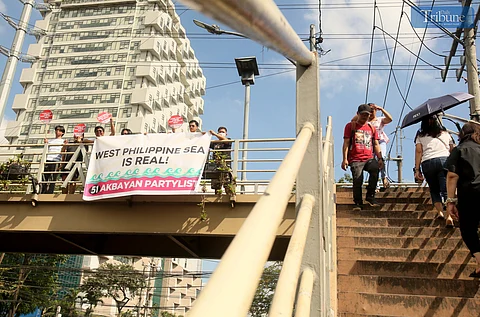
- NEWS
- the EDIT
- COMMENTARY
- BUSINESS
- LIFE
- SHOW
- ACTION
- GLOBAL GOALS
- SNAPS
- DYARYO TIRADA
- MORE

You may still be wondering what the work of a party-list group is. Don't worry, you're not alone.
The 1987 Constitution created the party-list system to ensure that 20 percent of the House of Representatives seats are occupied by underrepresented community sectors or groups, such as labor, peasants, the urban poor, indigenous cultures, women, and youth.
Party-list groups winning at least two percent of the national vote are given one seat. No party wins more than three seats.
In 2024, the Commission on Elections introduced a new election guideline where party-lists are required to submit 10 nominees to represent them.
Originally, each party-list group only needed to submit no less than five names.
Meanwhile, each registered voter can only vote for one party.
In this midterm election, a total of 155 groups are vying for at least one of the 63 seats reserved for party-list representatives in the upcoming 20th Congress.
Election watchdog Kontra Daya advised voters to scrutinize all 10 party-list nominees and not just the three.
This, as Kontra Daya earlier said that more than half of the party-lists seeking seats in the House of Representatives do not represent marginalized sectors.
It has flagged 86 party-lists for being tied to political dynasties, connected to pork barrel/plunder/graft and corruption, having dubious advocacy, and not having enough information.
So, when voting for a party-list, make sure it actually represents a marginalized sector.
